Table of content
Introduction
In the realm of holistic wellness and beauty, food plays a pivotal role. Among the myriad of nourishing dishes, beauty soups, or “yang yan羹” in Chinese, stand out for their ability to enhance inner vitality and outer radiance. These soups, often meticulously crafted with a blend of natural ingredients, are believed to promote skin health, improve digestion, and balance the body’s qi (energy). While traditional recipes may have originated in China, their appeal transcends cultural boundaries, attracting individuals worldwide who seek natural beauty solutions.
This comprehensive guide delves into the art of making nourishing beauty soup, exploring its historical background, the science behind its ingredients, and step-by-step recipes tailored for various skin concerns and health goals. Whether you’re looking to combat dryness, reduce inflammation, or simply indulge in a delightful and nutritious meal, these recipes promise to delight your palate while nurturing your skin from within.
Historical Context and Cultural Significance
The concept of beauty soup is deeply rooted in traditional Chinese medicine (TCM), where food is viewed as medicine. For centuries, Chinese people have relied on dietary therapy to maintain health and beauty. Beauty soups, in particular, are believed to nourish the body’s yin and yang, harmonize qi and blood, and promote overall well-being. Ingredients like ginseng, goji berries, lotus seeds, and pearl powder are revered for their rejuvenating properties.
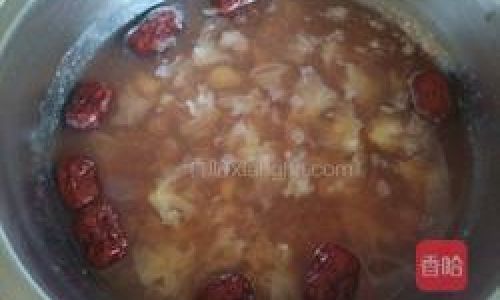
These soups were once exclusive to royal courts and aristocratic families, who could afford the rare and expensive ingredients. Over time, however, the recipes have evolved, becoming more accessible to the masses. Today, beauty soups are enjoyed by people across all social strata, reflecting a universal appreciation for their holistic benefits.
The Science Behind Ingredients
The efficacy of beauty soups lies in their meticulously chosen ingredients, each contributing unique nutrients and properties that synergistically enhance skin health. Here’s a closer look at some key ingredients:
-
Goji Berries: Rich in antioxidants, vitamins, and minerals, goji berries are known to boost the immune system, improve vision, and promote longevity. Their sweet-and-tart flavor adds a delightful twist to soups.
-
Lotus Seeds: These tiny seeds are packed with nutrients like protein, fiber, and vitamins B and C. They are believed to calm the nerves, aid digestion, and improve skin elasticity.
-
Ginseng: Often hailed as the “king of herbs,” ginseng is renowned for its energy-boosting and stress-reducing properties. It helps to balance hormones, enhance circulation, and promote a healthy complexion.
-
Pearl Powder: Derived from freshwater pearls, pearl powder is rich in amino acids and minerals that nourish the skin, reduce pigmentation, and promote a radiant glow.
-
Honeysuckle Flowers: These fragrant flowers are used to clear heat and toxins from the body, making them ideal for treating acne and other skin inflammations.
-
Green Tea: Infusing green tea into soups provides a rich source of catechins, antioxidants that combat aging and protect the skin from environmental damage.
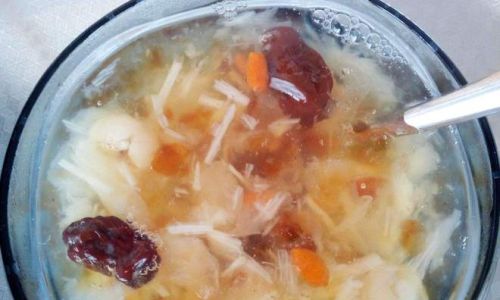
-
Pig Trotters/Chicken Feet: Collagen-rich, these ingredients are believed to improve skin elasticity, reduce fine lines, and promote a youthful appearance.
Step-by-Step Recipes
Now, let’s dive into the practical aspect of making nourishing beauty soups. Below are three recipes tailored to address different skin concerns and health goals.
Recipe 1: Ginseng and Goji Berry Beauty Soup for Anti-Aging
Ingredients:
- 30g dried ginseng
- 50g goji berries
- 2 pig trotters, cleaned and chopped
- 8 cups water
- Salt to taste
- Optional: honey or rock sugar for sweetness
Instructions:
- Soak the ginseng and goji berries in water for about 30 minutes to soften.
- Bring a large pot of water to a boil and blanch the pig trotters for a few minutes to remove impurities. Drain and rinse.
- In a large soup pot, combine the ginseng, goji berries, pig trotters, and 8 cups of water. Bring to a boil, then reduce the heat to low.
- Simmer gently for about 3-4 hours, or until the meat is tender and the soup is fragrant.
- Season with salt to taste. If desired, add honey or rock sugar for added sweetness.
- Serve hot, enjoying the rich, earthy flavors and the subtle sweetness of the goji berries.
Benefits: This soup is perfect for combating the signs of aging, thanks to the antioxidants and adaptogenic properties of ginseng and goji berries. The collagen from the pig trotters further supports skin elasticity.
Recipe 2: Lotus Seed and Honeysuckle Flower Soup for Acne-Prone Skin
Ingredients:
- 50g lotus seeds
- 20g honeysuckle flowers
- 1 chicken, cleaned and chopped (or use chicken bones for a lighter broth)
- 10 cups water
- Salt to taste
- Optional: a few slices of fresh ginger for flavor
Instructions:
- Rinse the lotus seeds and soak them in water for at least 1 hour.
- Prepare the chicken by cleaning it thoroughly and chopping into manageable pieces. Alternatively, use chicken bones for a brothier soup.
- In a large soup pot, combine the lotus seeds, honeysuckle flowers, chicken, ginger slices (if using), and 10 cups of water.
- Bring to a boil, then reduce the heat to low and simmer for about 2-3 hours, or until the chicken is tender and the soup is fragrant.
- Skim off any foam that forms on the surface during cooking.
- Season with salt to taste and serve hot.
Benefits: The lotus seeds and honeysuckle flowers work together to clear heat and toxins from the body, making this soup ideal for individuals with acne-prone skin. The chicken provides essential proteins and nutrients for overall health.
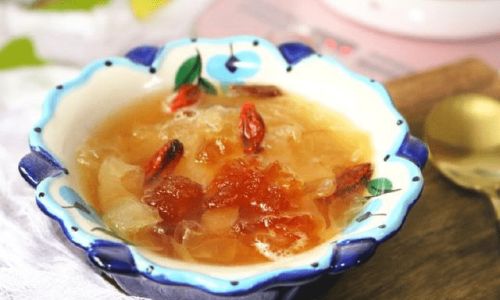
Recipe 3: Pearl Powder and Green Tea Beauty Soup for Radiant Skin
Ingredients:
- 1 teaspoon pearl powder
- 2 green tea bags or 2 tablespoons loose green tea leaves
- 1 liter water
- 1 medium-sized sweet potato, peeled and chopped
- 1/2 cup adzuki beans (optional, for added nutrition and texture)
- Honey or rock sugar to taste
Instructions:
- Soak the adzuki beans overnight if using. Drain and rinse.
- In a large pot, bring 1 liter of water to a boil.
- Add the sweet potato chunks and adzuki beans (if using) to the boiling water.
- Reduce the heat to low and simmer for about 30 minutes, or until the sweet potato is tender.
- Meanwhile, steep the green tea in a separate container for about 5 minutes. Remove the tea bags or strain out the leaves.
- Add the steeped green tea and pearl powder to the soup pot, stirring well to combine.
- Continue to simmer for an additional 10 minutes, allowing the flavors to meld.
- Sweeten with honey or rock sugar to taste and serve warm or at room temperature.
Benefits: This soup harnesses the skin-nourishing properties of pearl powder and the antioxidant power of green tea. The sweet potato and adzuki beans provide additional vitamins, minerals, and fiber, making it a nutritious and delightful meal.
Conclusion
Making nourishing beauty soups is not just about following recipes; it’s an art that involves understanding the properties of ingredients, respecting traditional wisdom, and experimenting to find what works best for your unique constitution and skin type. By incorporating these soups into your diet, you’re not only treating your body to a delightful culinary experience but also nurturing your skin from within, promoting a radiant and healthy glow that reflects your inner vitality.
Remember, beauty is a journey, not a destination. As you embark on this culinary adventure, embrace the process, savor each spoonful, and let the nourishing power of beauty soups guide you towards a healthier, more radiant you. Happy cooking and enjoying the beauty within!
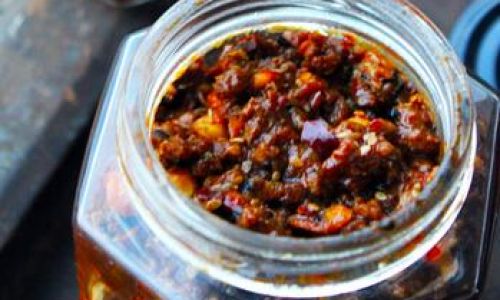
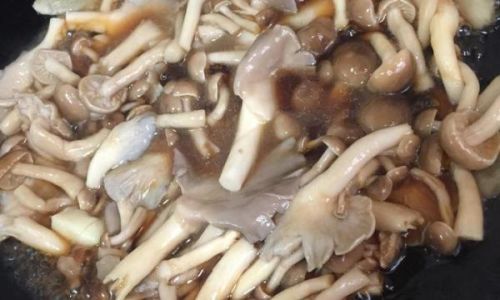
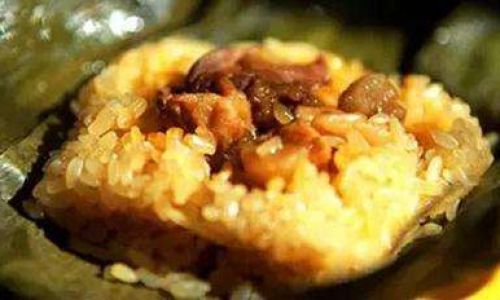
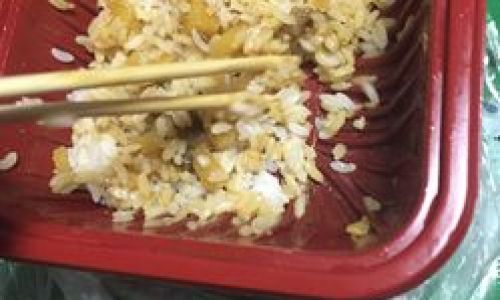
0 comments